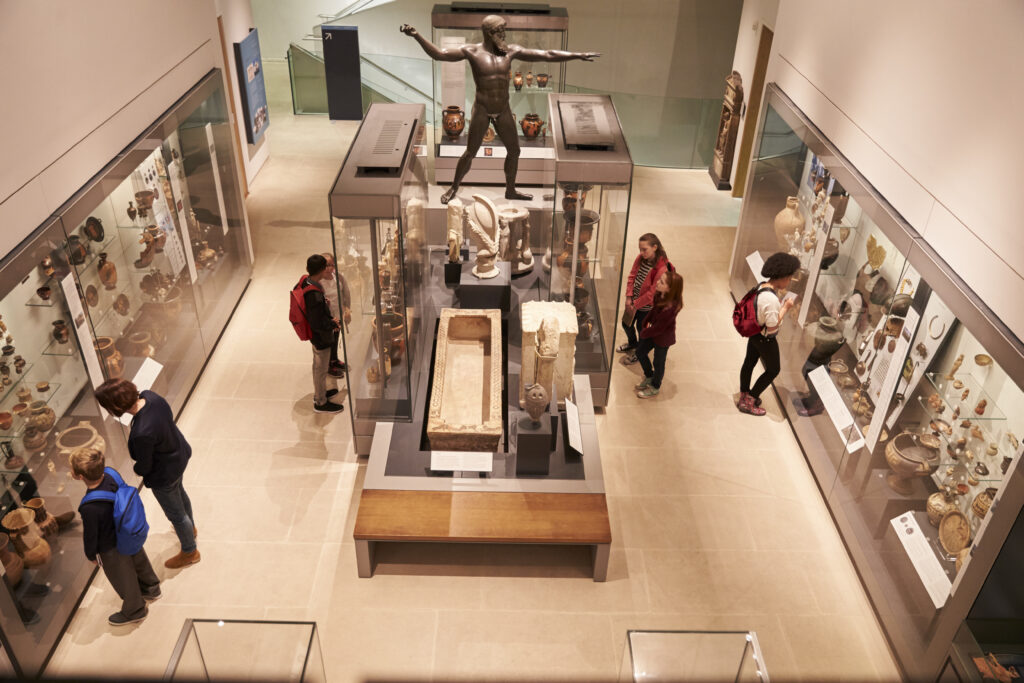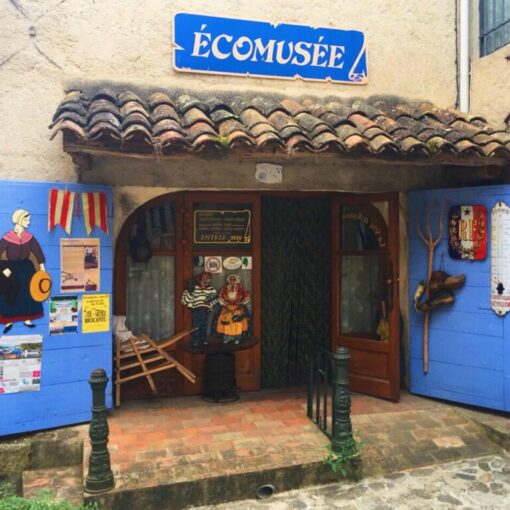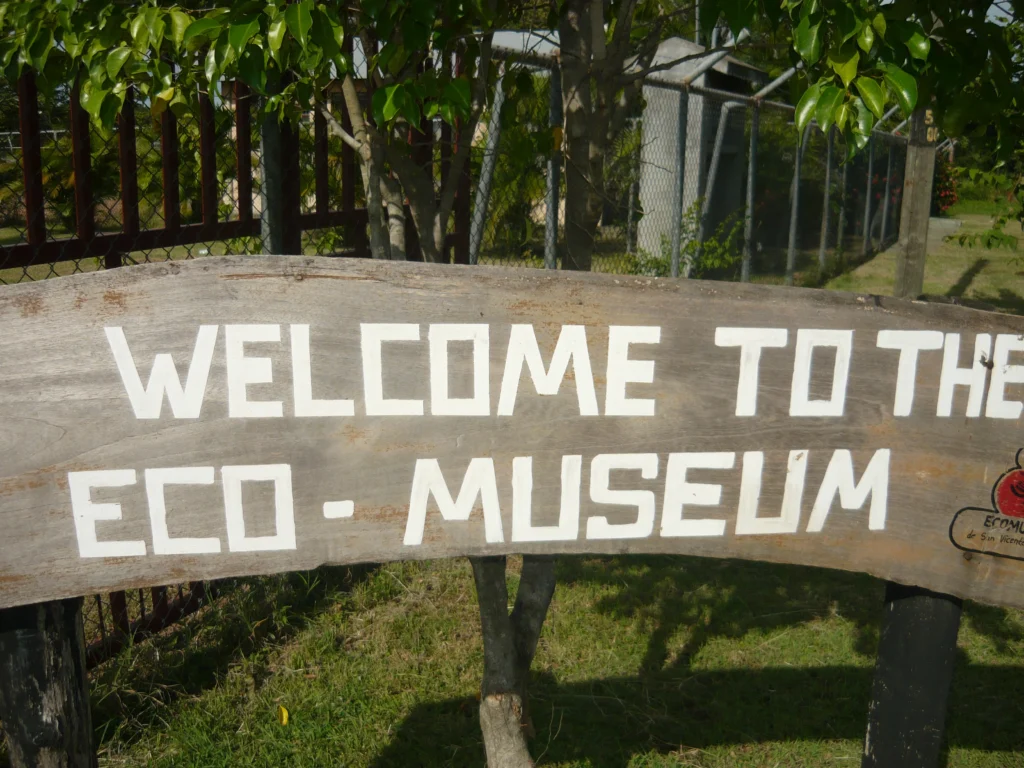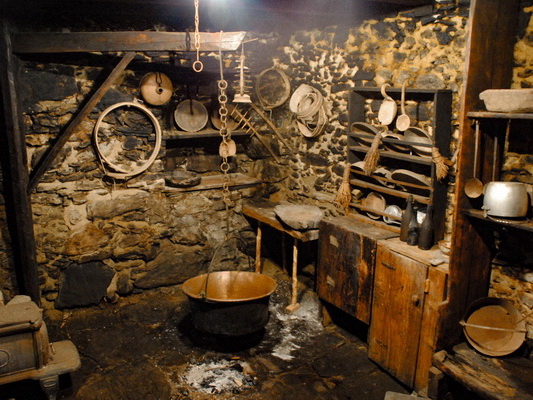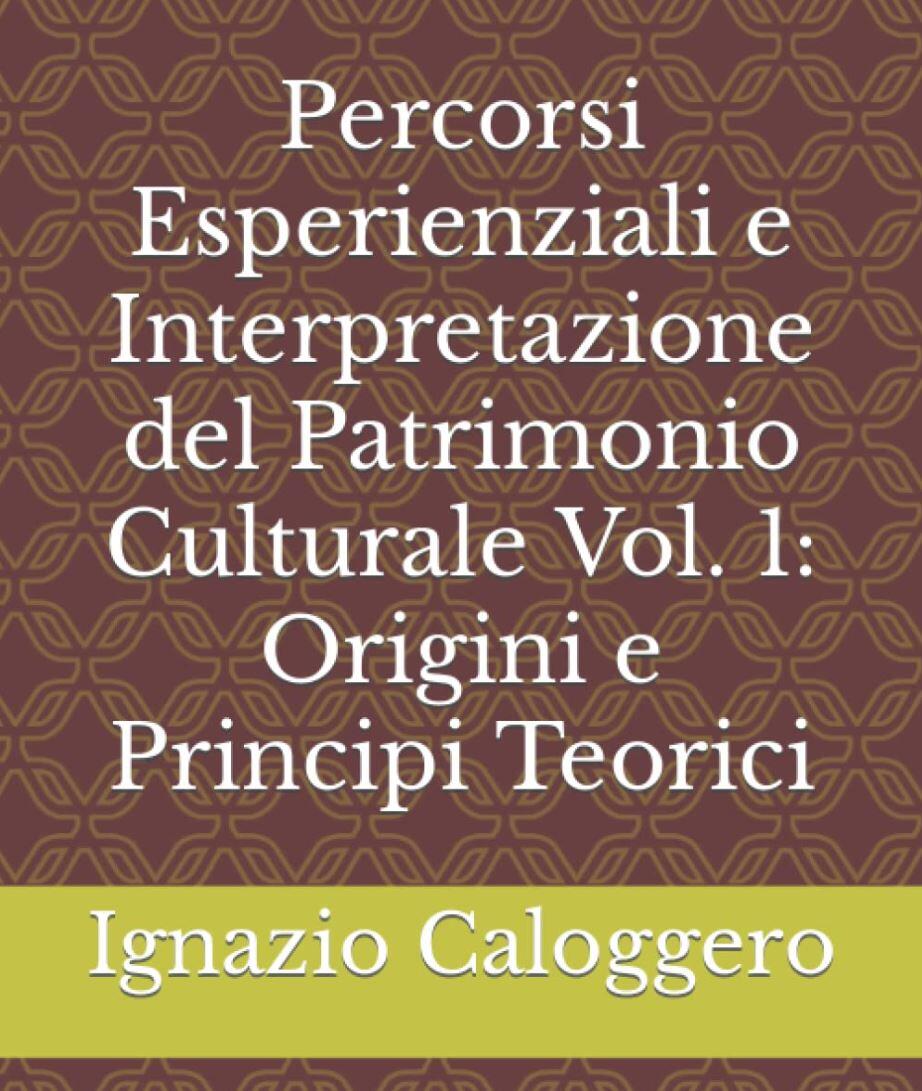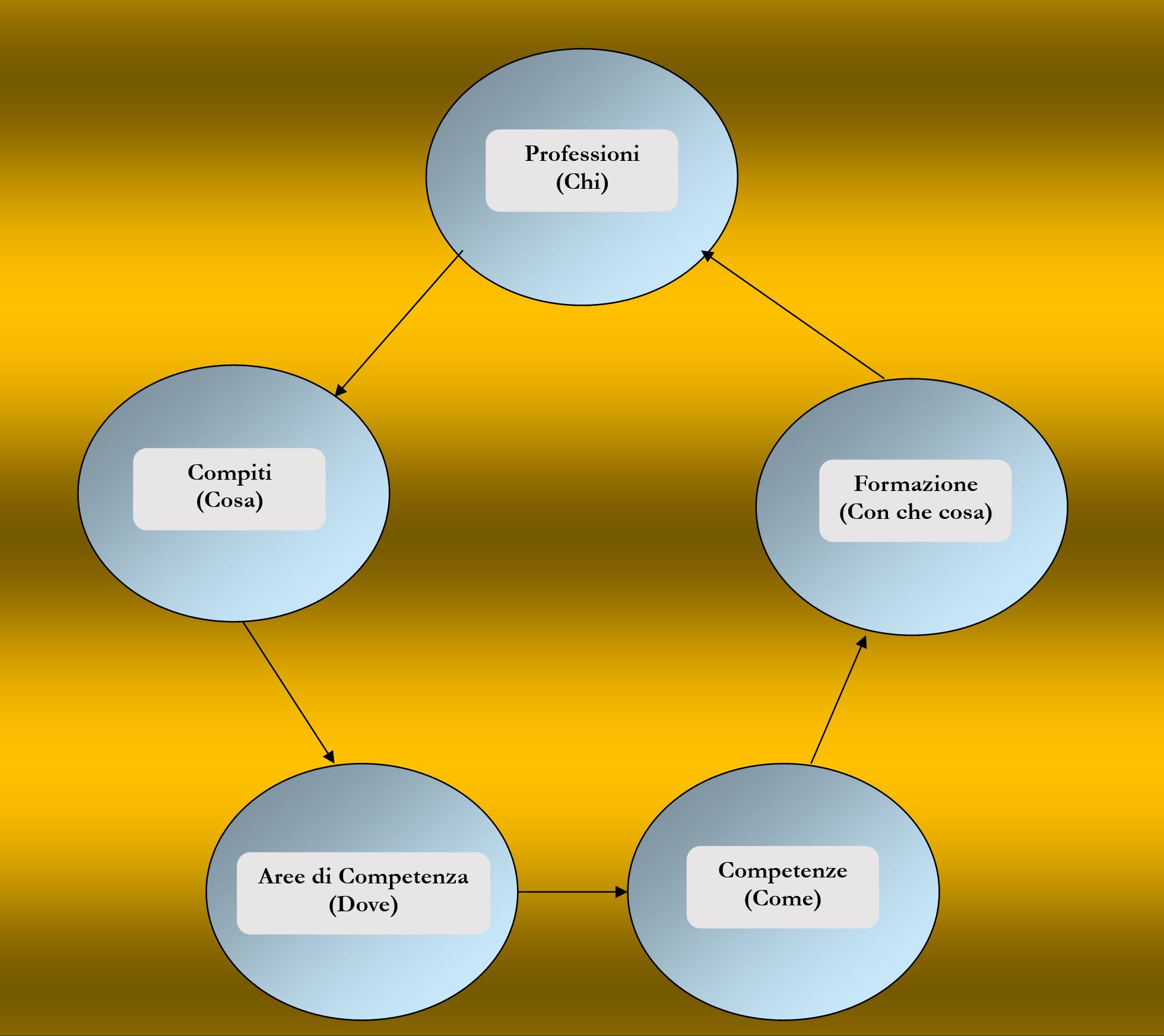The Skills Cycle for the Construction of Professional Profiles and Training Standards
by Ignazio Caloggero
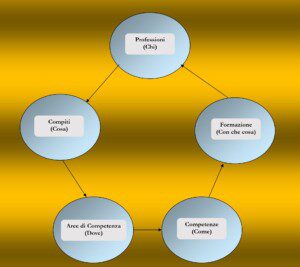
The classification of reference standards for professional qualifications and training acquired in non-formal and informal contexts has traditionally followed two main approaches: Professional Standards (or occupational standards) and Training Standards (or education/training). Over the years, the need has emerged to integrate these two types of standards, since, in reality, they do not represent distinct entities but converge in the needs of the world of education and work.
The volume presents the model called "Skills Cycle" whose different phases of the Skills Cycle, such as the identification of the profession, the definition of tasks, the identification of the areas of competence and the skills themselves, as well as training, are all interconnected and influence each other.
The Competence Cycle is based on the following elements (or phases):
- 1) Identifying the Profession (Who): The reference set is the Professions (P), which is to be understood as a dynamic set that photographs the state of affairs at a given moment of the world of professions; therefore, it is susceptible to continuous evolution.
- 2) Define the Tasks (What): The reference set is the Tasks (Tasks). For each profession, it is essential to define the specific tasks and activities that characterize the relevant professional role
- 3) Identify Areas of Expertise (Where): The reference set is the Areas of Competence, which contain the individual thematic sectors of competence, within which the skills necessary to carry out the tasks and activities assigned to the profession can be identified.
- 4) Identify Skills (How to): The reference set is the skills (Skills), which once the associated task has been specified, are in turn defined through the following components:
-
- Additional required knowledge: (Knowledge) (Know)
- Ability (cv) (Know how to do or ability to apply knowledge)
- Level of Autonomy and Responsibility (responsibility and autonomy level): Required level of ability to apply knowledge and skills independently and responsibly. This level is associated with one of the eight levels referred to in the QNQ/EQF classification)
-
- 5) Form (With what): The reference set is the tools, techniques, methods and training programs used to develop or improve the skills identified in phase 4. This is about determining how an individual can acquire or perfect the skills necessary for a particular profession. The training path should be based on the learning outcomes achieved at its end. These outcomes must guarantee the acquisition of the skills necessary to carry out the tasks associated with the professional role taken as reference. Training can be initial, to obtain skills, or refresher, to maintain them; hence the cyclical nature of the phases described
The Skills Cycle can be seen as a bridge between the world of education and that of work. It provides a framework for identifying, defining and developing skills that are both relevant to the needs of the labor market and based on a solid educational and training foundation.
The updated version (3.0) of the “Tourism, Arts and Heritage Competence Framework – TAH-CF” has adopted the Competence Cycle as its reference scheme. This framework was initially developed in 2019, subsequently updated in 2022 and underwent a major revision in 2023. The main innovation introduced with this revision was the transition from the previous model based on the “4 Dimensions of Competences” to the new Competence Cycle framework , which is the subject of this work.
The paper book is on the market (on Amazon, it can also be purchased with the Culture Bonus and with the Teacher Card Bonus. To facilitate the reading of the volume by scholars and interested parties, it is possible to download the volume free of charge from the ACADEMIA website. EDU at the following web address: https://www.academia.edu/108526521/
In case of difficulty downloading the file from Academia, you can ask for the volume to be sent to the following email address info@aiptoc.it
Buy the paperback on Amazon (€12): Buy on Amazon
Contents
- 1 On the concept of Competence.
- 2 The Skills Cycle.
- 3 Identify the Profession (Who)
- 4 Define the Tasks (What)
- 5 Identify Areas of Expertise (Where)
- 6 Identify Skills (How)
- 6.1 Knowledge (Knowledge)
- 6.2 Skills
- 6.3 Autonomy and Responsibility.
- 7 Training (With what)
- 7.1 Identification of learning outcomes.
- 7.2 Identification of Capitalizable Units
- 7.3 Evaluation of the quality provided.
- 7.4 Evaluation of learning outcomes.
- 7.5 Recognition of learning outcomes.
- 8 Further information.
- 8.1 Taxonomy of Learning Objectives.
- 8.2 The TAH-CF Framework in version 3.0.
- 8.3 New professions: Experience Professionals.
- Specialist of Experiential Offers
- Experience Manager.
- Experiential Consultant.
- Experiential Tourism Manager.
- Interpreter of Cultural Heritage.
- Experiential Trainer.
- 8.4 Additional Professional Profiles
- Naturalistic Guide.
- Head of Sustainable Event Management Systems
- Bibliography.
Featured



